On Colombia’s Caribbean coast, the teenage pregnancy rate is spiraling out of control. But instead of blaming the lack of sex ed or access to contraception, some say it’s all the fishes’ fault.
Perched next to his fisherman grandfather in the shade of a thatched-roof beachside cabana, 19-year-old Franklin Mesa throws his hands on his hips and stares at me in shock. I am an alien to his northern Colombian island: I am a grown woman with no children.
“You don’t have kids?” gawks baby-faced Mesa, who became a father last year. From the bucket below he scoops up a magic remedy: a luminous creature with smooth silver scales and bulging eyes. “You have to eat more fish then. Eat more fish, and you’ll have kids.”
Here in Boca Chica, a slow-paced Caribbean village, people claim that phosphorous in seafood makes them “more sexually active” and causes women to “get pregnant immediately after having sex.”
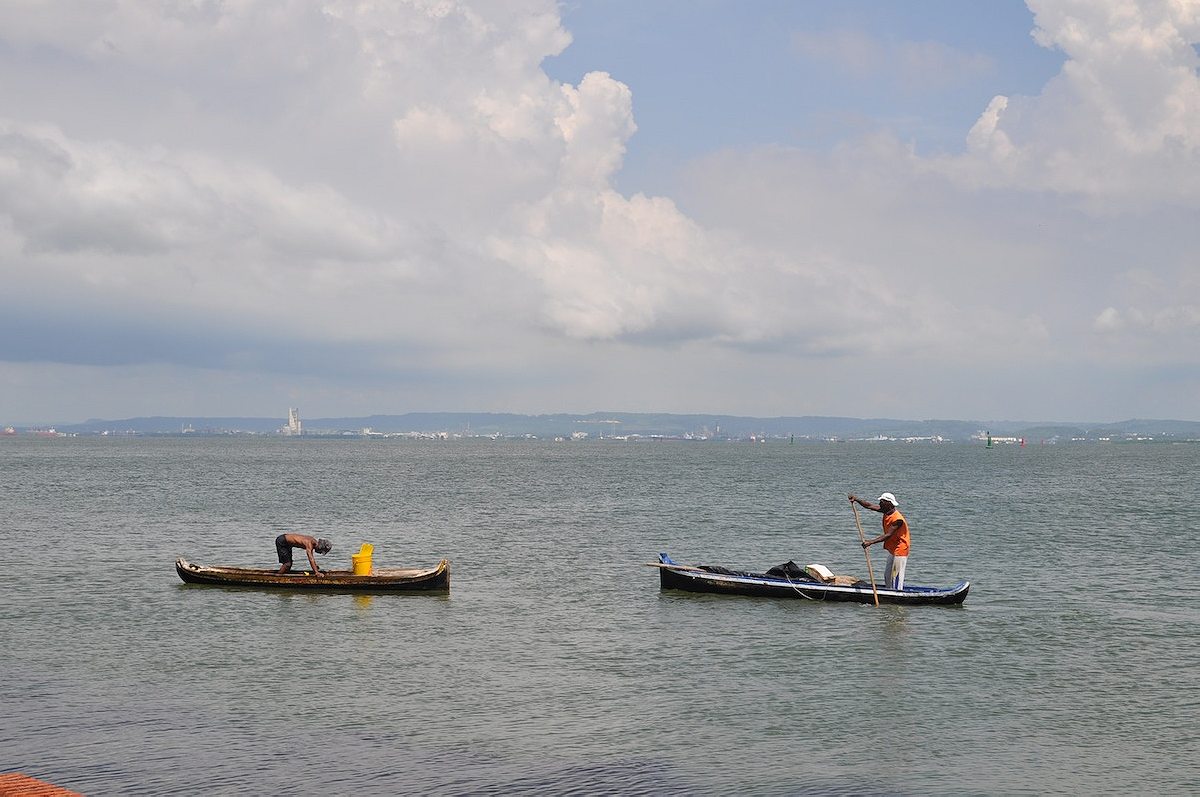
The fish—from two-foot-long glistening Sierra fish to coral-hued Mojarra—are captured in bulk by nets or hooked by fishermen in skiffs just offshore. And just as they’ve always been a part of the traditional diet here, so too has the idea long persisted that the fish are at least partly responsible for the rampant teenage pregnancy rate.
The rate is high, in fact, on all the islands off Cartagena’s coast, where destitute communities don’t have much access to sex education. And it speaks to a national trend–a profound rate of youth childbirth perpetuating a cycle of poverty even as the nation’s economy booms.
The fish story isn’t common elsewhere in Colombia. But the country has a history of folk tales about pregnancy, from the claim that the invention of television distracted couples from having so many children to saying that “every child brings with it a loaf of bread”, meaning that every child guarantees more support for a person as he ages.
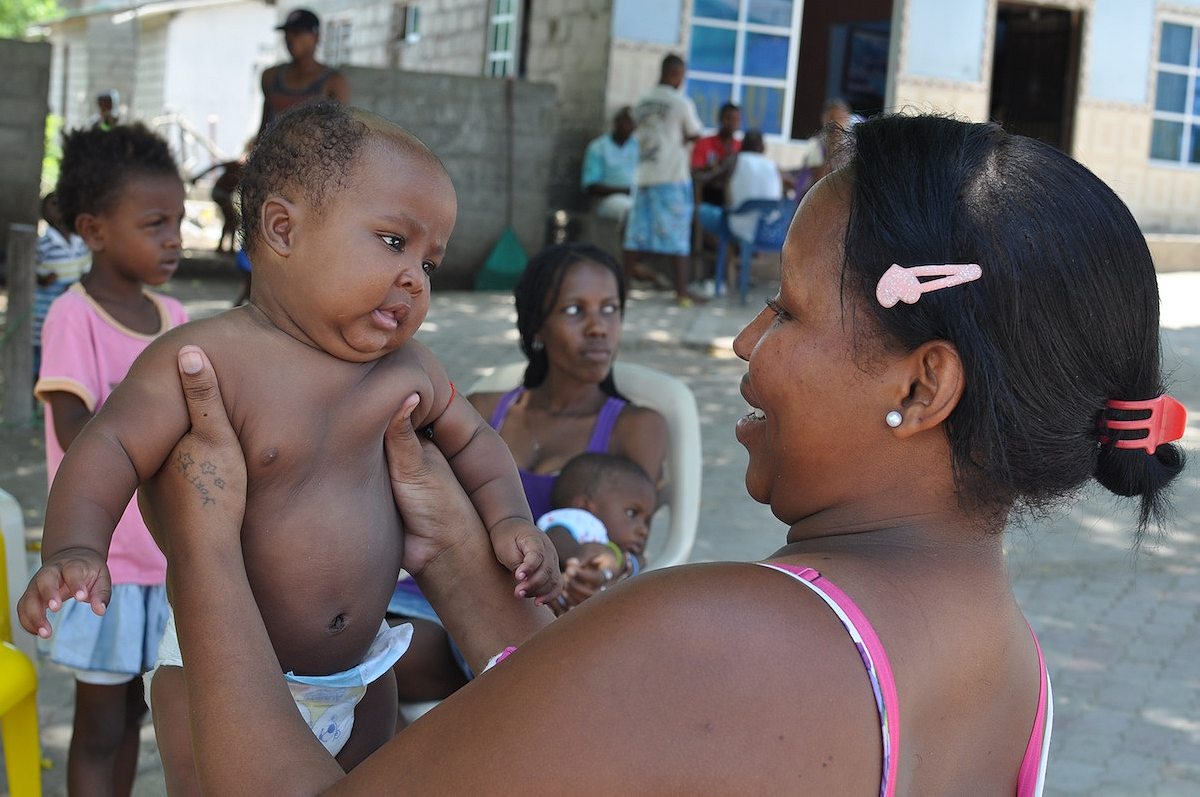
Even President Miguel Santos called attention last year to the fact that Colombia’s adolescent birth rate was the highest in Latin America. One in five 15 to 19-year-old girls in the country has a child or is pregnant, according to Colombia’s Institute for Family Wellbeing. And 20 percent of those girls get pregnant again within 7-14 months after giving birth.
The pregnancies doom their schooling, with half of Colombia’s dropouts prompted by having babies, so the Institute this month created a new division to improve reproductive education. Different parts of Colombian society are adding their own efforts to combat the problem: renowned former soccer star Faustino “El Tino” Asprilla is, for example, launching his own line of fruit-flavored condoms.
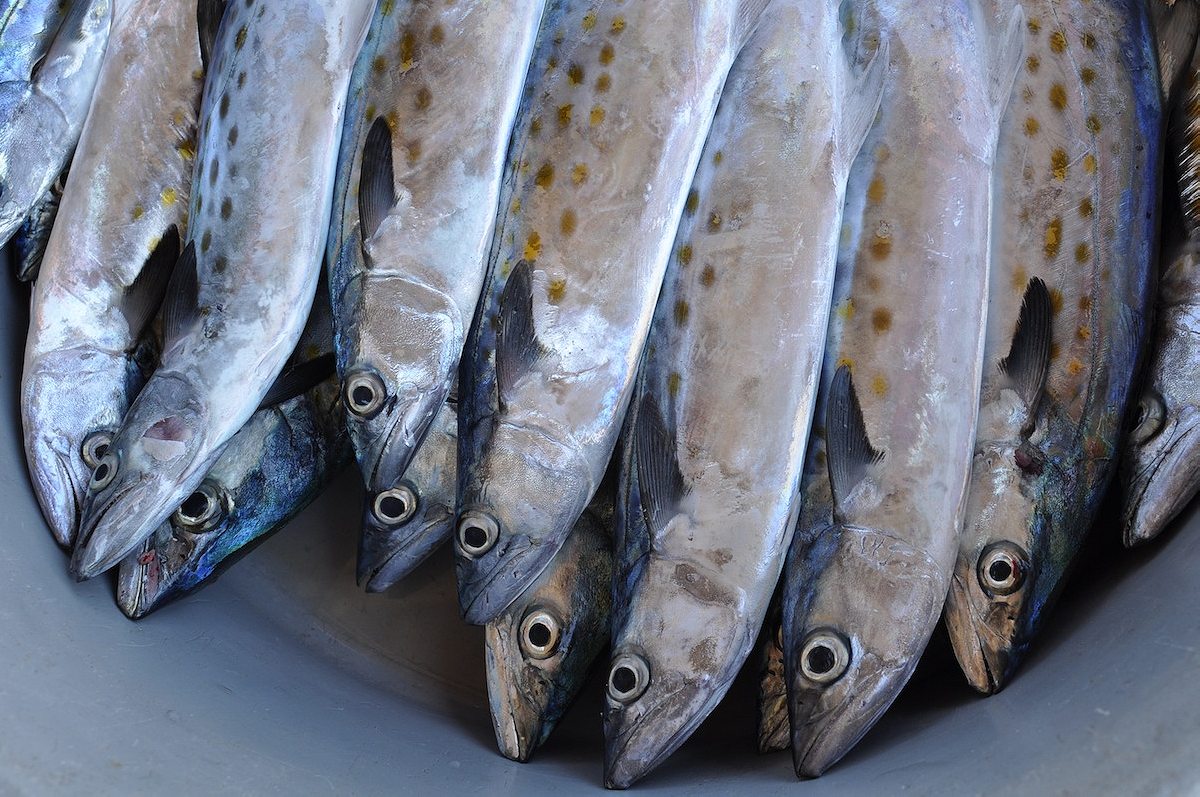
But in towns like Boca Chica–where barefooted toddlers splash in puddles on uneven dirt roads, women juggle children as they hand-scrub clothing, and men paddle banana-shaped boats to go fishing–having babies as a teen is second nature. And to many men, their children are a status symbol.
“I have 10 children–I started when I was 15,” Mesa’s 65-year-old grandpa Jose Lopez brags to me, and lifts up a fresh-caught Sierra fish to display like a trophy. “I eat a lot of fish!”
Most residents I spoke with believe in the seafood myth, but they also admit they never use condoms, birth control, or other protection, which usually require a trip to mainland Cartagena to purchase.
The custom leaves many women feeling trapped.
Arnolis Gomez, a shy 17-year-old whose balloon belly nearly bursts out of her skin-tight striped Hello Kitty tank top, tells me she does not want a child because she wants to study. She blames “destiny” for her pregnancy.
“I heard once about protection but I never thought to use it…I think when you eat fish you’re more likely to get pregnant,” she tells me while browsing ice cream at a dusty convenience store. “I’ve learned about sex in the movies, and on the street.”

Even education might fail to override Boca Chica’s strong cultural norms, 28-year-old mother of five Yaidis Otero warns me. She had her first child at age 14–a daughter, who is now 14 years old with three pregnant friends. Otero says she taught her daughter to protect herself, but that men usually dictate the rules–from unprotected sex to having multiple mistresses.
“I share my man with another woman,” Otero says, shuffling in flip flops up a pebble path as she carries her youngest son home. “She lives with us too. They have two children together.”
She feels powerless and angry but too scared to speak up, she whispers as we walk.
“Most men here have two women,” she says, muttering the word “machismo” under her breath.
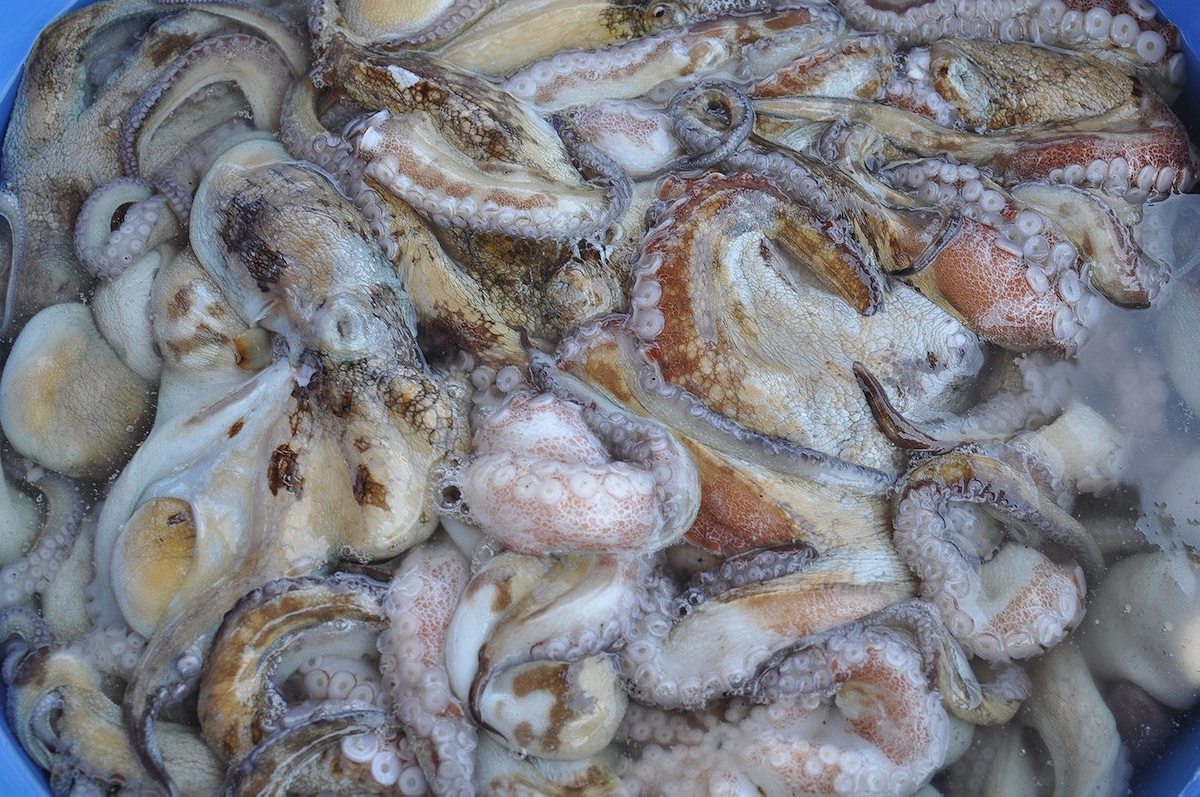
Otero tried to continue school part-time after becoming a mother, but after 13 years of sporadic classes gave up last year. She never made it past 10th grade. She brings her baby along to work, cleaning houses a boat ride away in Cartagena and takes her 5-year-old daughter to her grandmother’s house each morning, since she can’t afford to feed her.
Otero agrees with the fish theory, and explains that phosphorous in the seafood makes women conceive “as soon as they have sex.” Her friend Irma Cecilia nods in accord. Cecilia, who had her first baby at age 16, says she had prayed to God for a child, even though she had to leave school once pregnant.
“I braid hair at the beach to make money, but I go to night school,” Cecilia says, insisting that she will complete her education. But she worries most of her friends will not. “There are so many children running around here, and so many pregnant girls. There wouldn’t be so many, if it weren’t for the fish.”
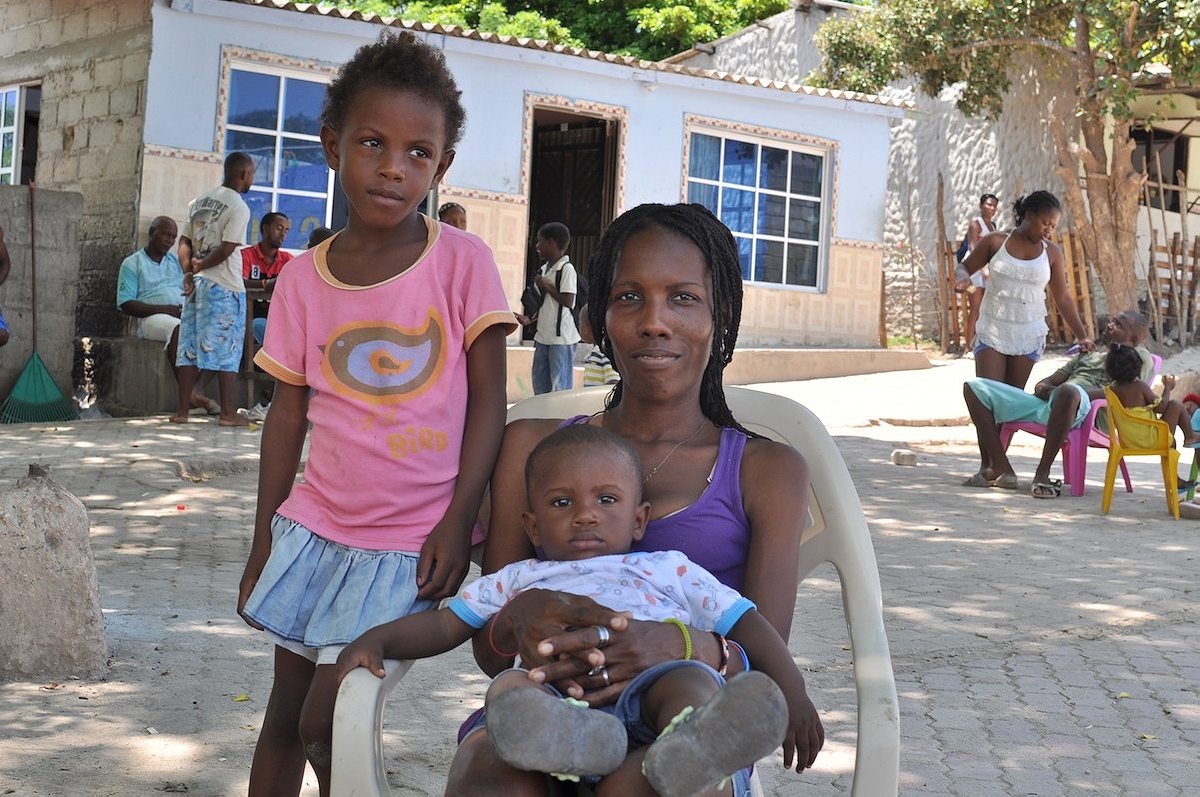
That does not explain why the mainland too suffers from the same ills. Every few months, the Juan Felipe Gómez Escobar Foundation in Cartagena receives a new batch of 400 pregnant girls, most of whom know little about contraception–and many who have been sexually abused. The foundation offers classes and healthcare, along with job training, in order to help pregnant women and new mothers break the cycle of poverty.
And yet, the rate is rising: 19 percent of Cartagena’s pregnancies were adolescents in 2010; by 2013 it was 21.1 percent.
“These girls are at the base of the pyramid,” the foundation’s director Fanina Angel tells me. “Most of them are repeating the pattern of their mothers, who had them at 14 or 15 years old. They haven’t studied, they don’t have any opportunities, and this just increments their poverty.”
“And this seafood myth?” she says. “Everyone on the coast says seafood works as an aphrodisiac. It’s a total myth of sexuality.”
But that kind of cultural belief needs to be approached delicately, warns Matt Kohn, who has worked with the United Nations developing global sex education and family planning materials.
“It’s very easy for people from the Western world with basic education to say they know what’s right and what’s wrong with another culture, but it’s important to be respectful of cultural differences,” says Kohn, a Canadian native currently in Cartagena.
He compares the seafood theory to a belief in the Ivory Coast that bushmeat causes fertility and that the best bushmeat hunters have the most children–but he says such old notions cannot be used to justify sexual carelessness. He notes that the UN has made educational materials that lay out safe sex options while never refuting local beliefs, as a way to bridge the gap between different belief systems.

Cartagena-native Maria Lopez still imagines how she might have studied and traveled, if she had known of protected sex. Now 32, she got an illegal abortion at age 15 (abortion is now legal but only if a woman has been raped or her life is threatened)–and gave birth to another child just one year later.
“I didn’t know condoms existed,” says Lopez, whose boyfriend left her soon afterward, and who stopped studying to work supporting her child.
“It’s an excuse,” she says of the seafood tale. “The woman loses herself here.”
Like her, some Boca Chica residents warn they need to change their customs or the town will fall into even worse poverty. “I don’t believe this fish theory. We don’t educate children well enough,” Otero’s neighbor Teofilo Moncaris Diaz tells me. “The more kids you have, the harder it is to survive.”